Types of Unemployment
Describe the three types of unemployment
{{searchResultSnippet}}
 Back to All
Back to All

This video assignment looks at the labor force, the unemployment rate, and other key labor market indicators the Federal Reserve uses to help it achieve its monetary policy goals.
Do you have a job? Do your neighbors have jobs? Add together all the employed people in the United States. That gives you the employment rate, the percentage of the labor force that is employed.
Why do we keep up with this number? Because the employment rate is one of the economic indicators that economists look at to help us gauge the health of our economy.
Let's turn it around and look at the unemployment rate. That's another measurement you hear a lot about. It can also be used as a key measure of how well the economy is doing.
But how does this measurement work? We rely on the Bureau of Labor Statistics.
BLS
They're a federal government agency headquartered in Washington, DC, that collects the information used to calculate the unemployment rate. The Bureau of Labor Statistics, called the BLS for short, learns about who is and who isn't unemployed by conducting surveys of people who are 16 or older who are not in jail, and are not in the armed forces. With help from other government agencies all over the country, the BLS conducts this survey every month.
This is how it works. If you tell the BLS that you worked for pay that month, congratulations. You have a job and are counted as employed. If you tell the BLS you did not have a job, but you did actively look for work during the month, you are counted as unemployed. If you tell the BLS that you didn't have a job and were not actively looking for work during the month of the survey, then you are not in the labor force. Since the unemployment rate is the percentage of people in the labor force who are without jobs, but still actively looking for jobs, people counted as "not in the labor force" are not really part of the unemployment rate statistic.
So, what are people who are not in the labor force doing? Most of them are retired. Some are in school or in training programs to help them get better jobs in the future. But sometimes people who had been seeking employment simply stopped looking. The BLS refers this category as the "marginally attached,"and they include the group that we call "discouraged workers."
OK. We know that people who are NOT in the labor force aren't counted in the unemployment rate. But some people move back and forth, in and out of the labor force and that can affect the unemployment rate.
Unemployment
To show this, we'll make up a country: Job-A-Tania. Say there are a total of 100 adults who live there. 40 people are not in the labor force. They're doing things like raising children, or going to school, or being retired. That leaves 60 people who are in the labor force. 55 people are employed and the other 5 are unemployed. In this world, the unemployment rate is 8.3%.
Ok. Now say that 5 people lose their jobs because their company is downsizing. The unemployment rate increases from 8.3% to about 16.5%. But what if instead... 5 people graduate from college and enter the labor force to start looking for jobs. Once again, the unemployment rate increases, this time from 8.3% to 15.3%, but the reason for the increase is very different.
Alternative measures of unemployment
This is why the BLS provides alternative measures of the unemployment rate officially called "alternative measures of labor underutilization." Some of these alternative measures include people who have left the labor force like retirees. Some also include people who have part-time jobs, but who express a desire to have full-time jobs.
The point is, although the unemployment rate is a vitally important measure of the health of the job market in the United States, it's only a part of the big picture. In fact, policymakers in the Federal Reserve look at a wide variety of labor market measures when they try to assess how well the economy is doing. If you would like to learn more about some of these other measures, as well as the unemployment rate, visit us at frbatlanta.org.
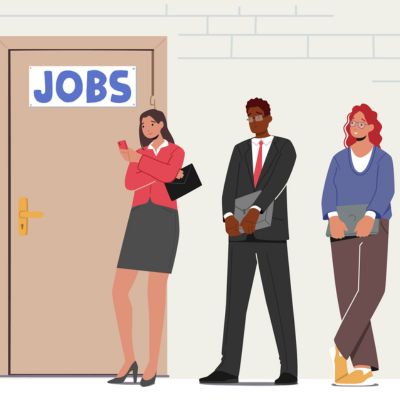
Types of Unemployment
Describe the three types of unemployment

Maximum Employment
Learn about maximum employment and how it is measured.
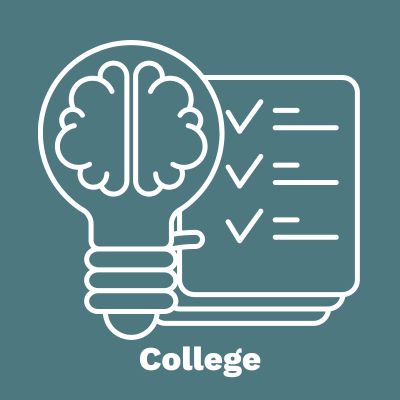
Evaluating and Contextualizing Authority
Determine the authority of an information source.
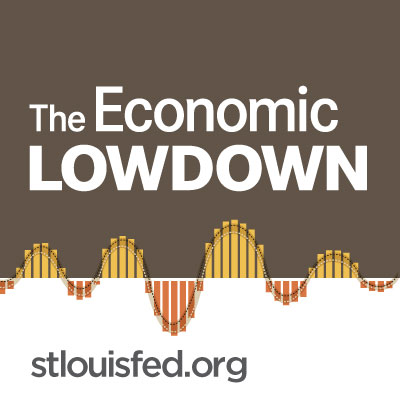
Econ Lowdown Podcast Series
21 Economics audio assignments for your classroom
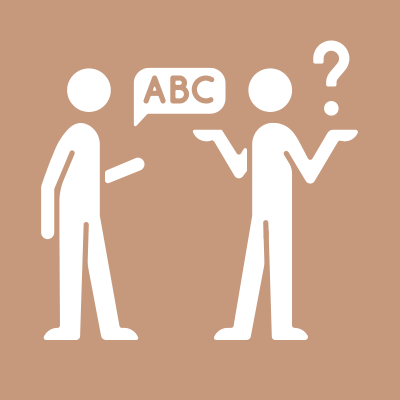
Jargon Alert: Full Employment
Learn about factors influencing the unemployment rate.

Educational Attainment and Unemployment Rates by US County
Learn about the relationship between educational attainment and employment.
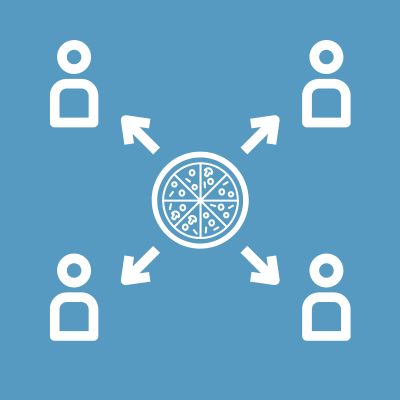
Real vs. Nominal GDP
Explain the difference between real and nominal GDP.

Inflation Explained
Learn about the basic definitions of inflation and price level.

Monetary Policy Explained
Learn about the role of the central bank in achieving economic goals.

Regional Banks Explained
Learn how the Federal Reserve's decentralized structure forms a "big picture" view of the U.S. economy.

The Central Bank Explained
Learn about the origins, structure, and functions of the U.S. central bank.

Good Versus Bad Standards Explained
Learn how monetary policy achieves the Fed's economic goals.

The Payments System Explained
Learn how the Fed keeps our monetary circulatory system healthy.
{{resourceTitle}}
{{resourceBlurb}}